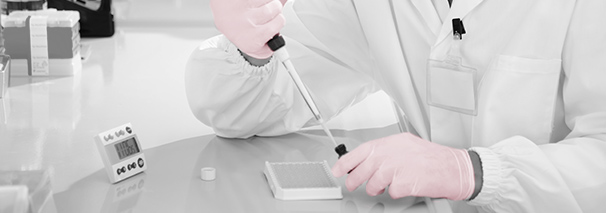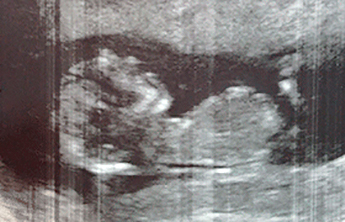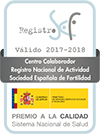
Embryo transfer is the last and decisive in the In Vitro Fertilisation stage. It is a crucial phase of the treatment which generally takes place on the third day of embryo development. If the embryo culture technique up to the blastocyst stage has been performed, the transfer is carried out on the 5th or 6th day.
Embryo transfer is a simple technique which consists in placing the embryos that were obtained in the laboratory into the maternal uterus.
HOW MANY EMBRYOS ARE TRANSFERRED?
Deciding how many embryos will be transferred is personalized for each patient and depending on the different factors: age, previous pregnancy, previous failed treatments, infertility’s cause, embryo quality and quantity.
In this case the current Spanish law establishes that it is possible to transfer a maximum of 3 embryos.
As a general rule, Eva Clinics select the two best embryos. Assessing their development up to the transfer day it is possible choosing the two best quality embryos obviously considering the cell number, the size, the division speed, and the cell fragmentation percentage.
Nevertheless, it may be the case that one embryo is transferred, especially in the prolonged culture cases where just one blastocyst can be transferred. In exceptional cases up to three embryos can be transferred.
HOW DOES EMBRYO CULTURE PROCESS CONSIST OF?
The transfer process is very simple, even if is performed in the operating theatre like in the follicular puncture to guarantee some strict fertility conditions. Prior to the transfer, the patient is subjected to an ultrasound scan to assess the uterus position and the endometrium condition. Then the gynaecologist places a vaginal speculum to visualize the cervix and performs a careful cervical cleaning.
Once this process is carried out, the transfer can be performed. Embryos are deposited into the uterus through a thin catheter made of a very adaptable material in order not to damage the walls of uterine cavity. Patient doesn’t need to be sedated because it is a painless process.
After embryo transfer, it is recommended to rest approximately half an hour. Then you can return to normal activities, always in moderation.
HOW ARE NON TRANSFERRED EMBRYOS USED?
It is common that in one cycle there are embryos of good quality which haven’t been transferred. These embryos will be frozen in order to be used in the subsequent cryotransfer cycles (where it will be not necessary undergoing ovarian stimulation and follicular puncture again) when the first cycle with fresh embryos hasn’t been successful or when the patient wants to conceive again if pregnancy with fresh embryos was obtained.
Certainly only those embryos which have achieved an optimal quality will be vitrified. The obtained poor quality embryos are left in the laboratory in a prolonged culture and if one of them reach a blastocyst structure in 5-6 days they could be vitrified too.






